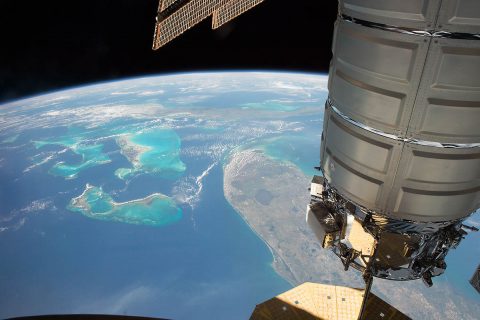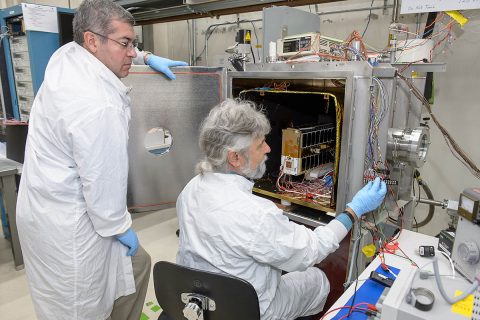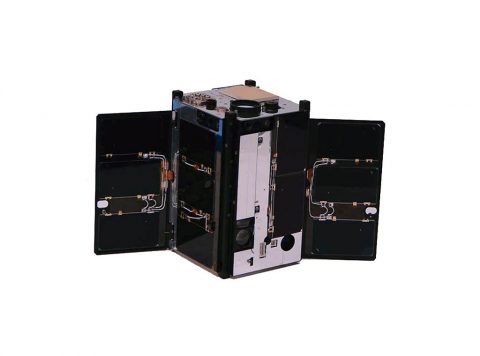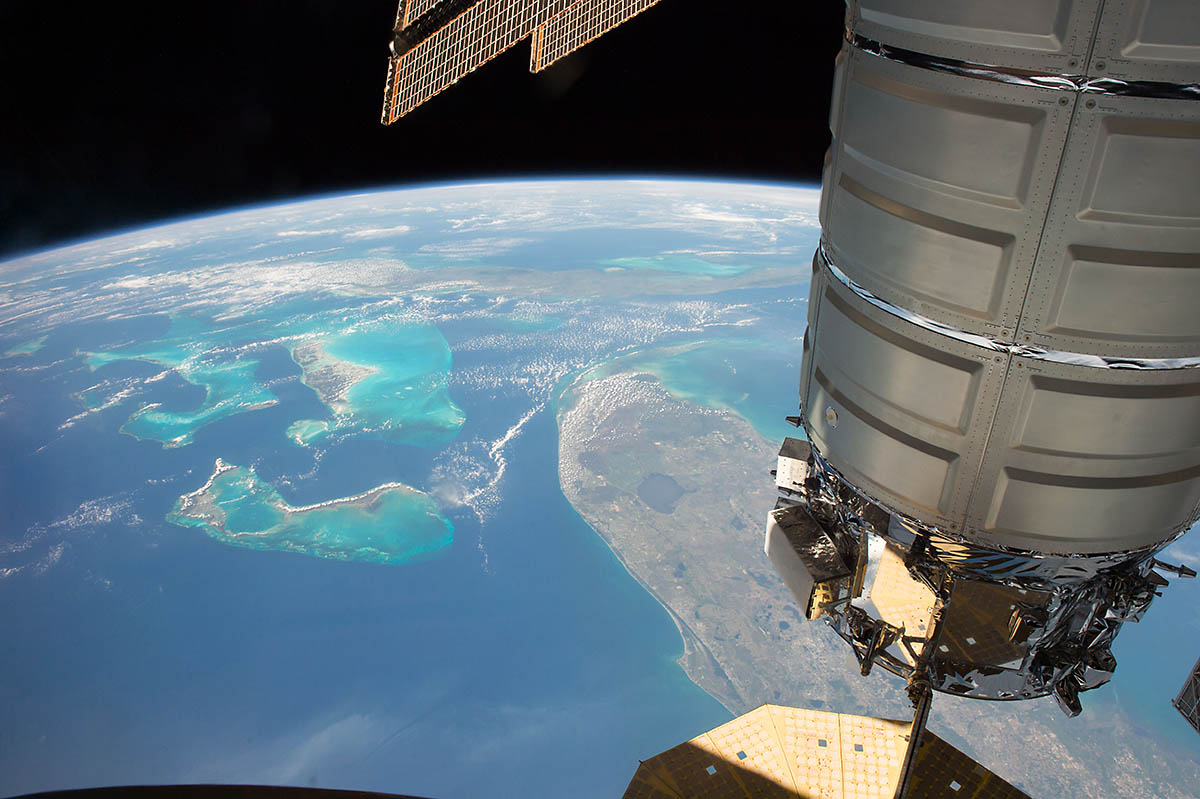Written by Jenny Howard
International Space Station Program Science Office
NASA’s Johnson Space Center
 Houston, TX – Orbital ATK will launch its Cygnus spacecraft into orbit to the International Space Station, targeted for November 11th, 2017, from Wallops Flight Facility in Virginia. Cygnus will launch on an Antares rocket carrying crew supplies, equipment and scientific research to crew members aboard the station.
Houston, TX – Orbital ATK will launch its Cygnus spacecraft into orbit to the International Space Station, targeted for November 11th, 2017, from Wallops Flight Facility in Virginia. Cygnus will launch on an Antares rocket carrying crew supplies, equipment and scientific research to crew members aboard the station.
The spacecraft, named the S.S. Gene Cernan after former NASA astronaut Eugene “Gene” Cernan, who is the last person to have walked on the moon, will deliver scientific investigations including those that will study communication and navigation, microbiology, animal biology and plant biology.

Here are some highlights of research that will be delivered to the station:
Investigation tests bacterial antibiotic resistance in microgravity

Antibiotic resistance could pose a danger to astronauts, especially since microgravity has been shown to weaken human immune response. E. coli AntiMicrobial Satellite (EcAMSat) will study microgravity’s effect on bacterial antibiotic resistance.
The experiment will expose two strains of E. coli, one with a resistance gene, the other without, to three different doses of antibiotics, then examine the viability of each group.
Results from this investigation could contribute to determining appropriate antibiotic dosages to protect astronaut health during long-duration human spaceflight and help us understand how antibiotic effectiveness may change as a function of stress on Earth.
CubeSat used as a laser communication technology testbed

Traditional laser communication systems use transmitters that are far too large for small spacecraft. The Optical Communication Sensor Demonstration (OCSD) tests the functionality of laser-based communications using CubeSats that provide a compact version of the technology.
Results from OCSD could lead to significantly enhanced communication speeds between space and Earth and a better understanding of laser communication between small satellites in low-Earth orbit.
Hybrid solar antenna seeks solution to long distance communications in space
As space exploration increases, so will the need for improved power and communication technologies. The Integrated Solar Array and Reflectarray Antenna (ISARA), a hybrid solar power panel and communication solar antenna that can send and receive messages, tests the use of this technology in CubeSat-based environmental monitoring.
ISARA may provide a solution for sending and receiving information to and from faraway destinations, both on Earth and in space.
Nitrogen fixation process tested in microgravity environment
The Biological Nitrogen Fixation in Microgravity via Rhizobium-Legume Symbiosis (Biological Nitrogen Fixation) investigation examines how low-gravity conditions affect the nitrogen fixation process of Microclover, a resilient and drought tolerant legume.
This investigation could provide information on the space viability of the legume’s ability to use and recycle nutrients and give researchers a better understanding of this plant’s potential uses on Earth.
Life cycle of alternative protein source studied
Mealworms are high in nutrients and one of the most common sources of alternative protein in developing countries. The Effects of Microgravity on the Life Cycle of Tenebrio Molitor (Tenebrio Molitor) investigation studies how the microgravity environment affects the mealworm life cycle.
In addition to alternative protein research, this investigation will provide information about animal growth under unique conditions.
Investigation studies advances in plant and crop growth in space
The Life Cycle of Arabidopsis thaliana in Microgravity investigation studies the formation and functionality of the Arabidopsis thaliana, a mustard plant with a well-known genome that makes it ideal for research, in microgravity conditions. The results from this investigation will contribute to an understanding of plant and crop growth in space, a vital aspect to long-term spaceflight missions.
The Biological Nitrogen Fixation and Tenebrio Molitor are student investigations in the Go for Launch! – Higher Orbits program and sponsored by Space Tango and the ISS National Lab, which is managed by the Center for the Advancement of Science in Space (CASIS). The Arabidopsis thaliana investigation, also a student investigation, is a part of the Magnitude.io program, sponsored by Space Tango and CASIS.
OA-8 marks Orbital ATK’s eighth cargo delivery mission to the space station, and the research on board will join many other investigations currently happening aboard the orbiting laboratory. Follow @ISS_Research for more information about the science happening on station.



